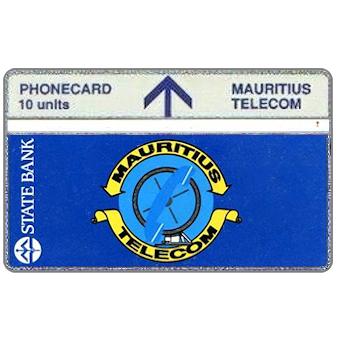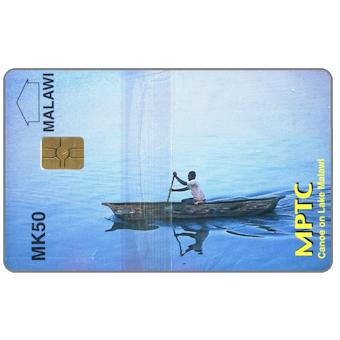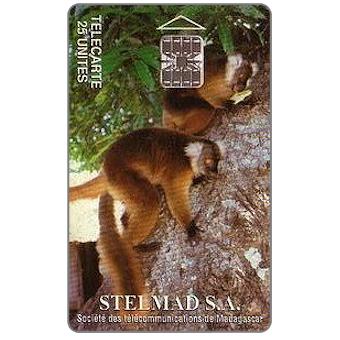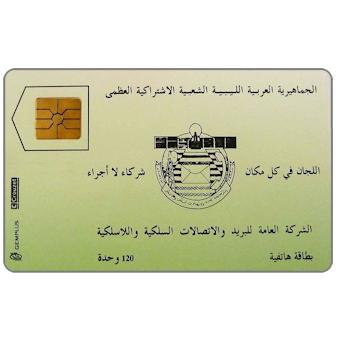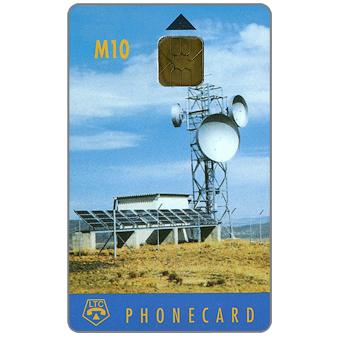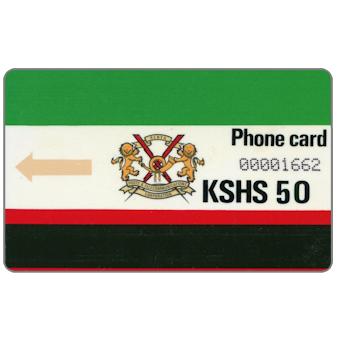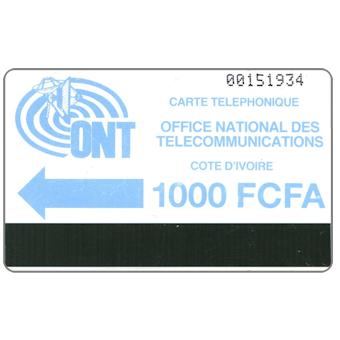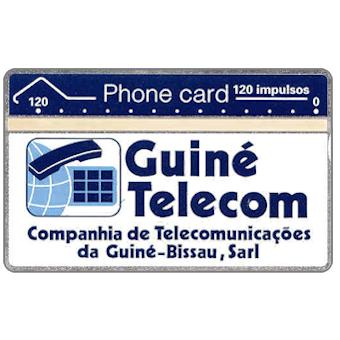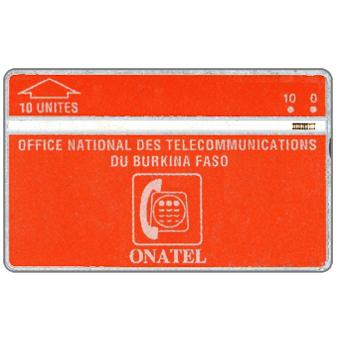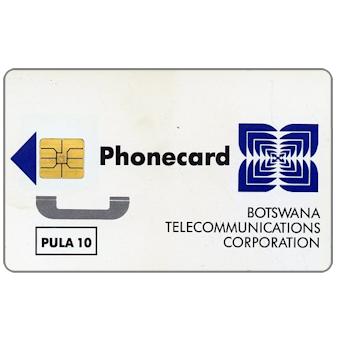The first card phone system installed on this island was provided by Landis & Gyr, along with a series of four cards all with 212K code and the same image. The values were 10, 20,…
Malawi, 1998
There were three values that made up the first series of cards with chips issued in Malawi by MPTC (Malawi Posts and Telecommunication Corporation): MK50, MK100 and MK200. A couple of years later, MPTC was…
Madagascar, 1994
The first cards issued in Madagascar were included in a series of four values: 25, 50, 100 and 150 units. The four cards, all with SC-7 chips, were the only ones to be issued by…
Libya, 1989
The first Libyan phone card was a 120-unit chip card supplied by the French company Gemplus. Initial field tests revealed a defect in the supplied phones, which sometimes overheated the chip, causing the card to…
Lesotho, 1996
The first card issued in Lesotho, with a face value of M10, depicts a satellite antenna; however, the card was supplied by different manufacturers, and at different times, so there are some variations, different for…
Kenya, 1988
The first cards to be used in Kenya were 5 values, supplied by Autelca: 50, 100, 200, 400 and 1000 KSHS. The cards, which showed the colors of the Kenyan flag, were without the typical…
Ivory Coast, 1988
The history of telephone cards in Ivory Coast began in 1988, when ONT (National Telecommunications Office) installed 206 public card-operated phones in the capital and other strategic places. The phones were provided by the Swiss…
Guinea-Bissau, 1991
Guinea-Bissau, one of the smallest states of continental Africa, has not issued many cards. The first were produced by Landis & Gyr, a system that was used from 1991 to 2002, when the phones with…
Burkina Faso, 1991
The first three cards issued in this country were also the only ones provided by Landis & Gyr, as the chip system was subsequently adopted. These are three values, 10, 20 and 50 units, which…
Botswana, 1994
The first card phones in Botswana used chip technology. The first cards issued were a series of two values, 10 and 25 Pula (the local currency), with the back completely white and no control number.…



